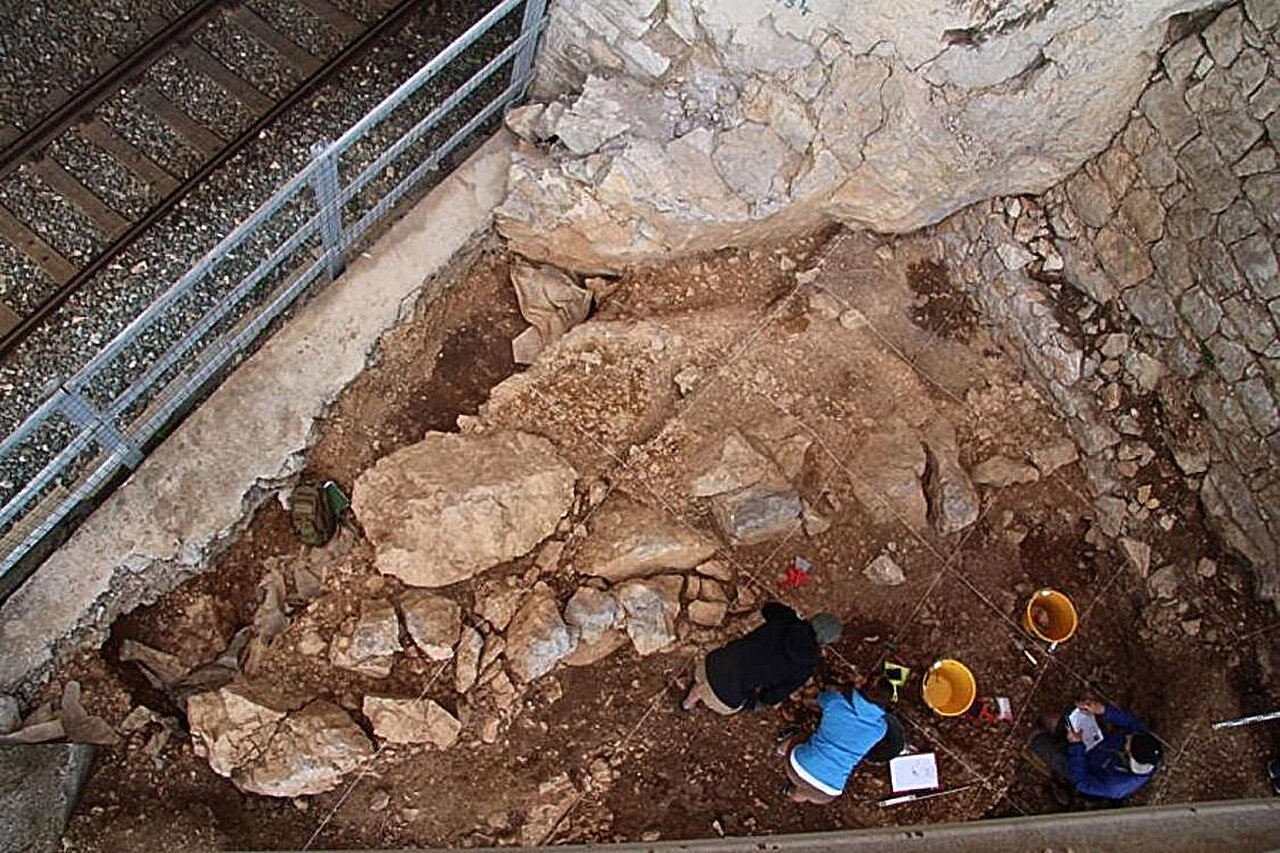For decades, Neanderthals have been stereotyped as brutish cave dwellers, overshadowed by the ingenuity of Homo sapiens. However, a new study published in the Journal of Archaeological Method and Theory challenges this perception. Researchers from Université de Montréal and the University of Genoa reveal striking similarities in how Neanderthals and Homo sapiens utilized living spaces.
The study focused on the Riparo Bombrini site in northwestern Italy, analyzing artifacts and features from both the Mousterian (associated with Neanderthals) and Protoaurignacian (associated with Homo sapiens) levels. By meticulously mapping the distribution of stone tools, animal bones, ochre, and marine shells, the scientists were able to identify distinct clusters of materials.
“These recurring clusters across the site hinted at a structured way of using space,” explains Amélie Vallerand, the lead author of the study. “We used quantitative and statistical methods to analyze these patterns, minimizing bias and providing more compelling evidence than subjective interpretations.”
Further investigation, combining spatial analysis with studies of tools, animal remains, and marine shells, yielded a fascinating picture. Here’s what the research revealed:
Shared Traits:
- Spatial Organization: Both Neanderthals and Homo sapiens organized their living areas. They designated specific zones for high-intensity activities and quieter spaces, suggesting a shared cognitive capacity for spatial planning.
- Recurring Layouts: The central areas of occupation, marked by hearths and refuse pits, remained consistent across thousands of years, indicating a long-term understanding and reuse of the site.
- Adaptability: The layout across all levels reflects adjustments based on factors like mobility and duration of stay. This highlights an element of planning and organization for both groups.
Points of Divergence:
- Intensity of Occupation: Neanderthal presence at Riparo Bombrini appears less intensive. Denser artifact clusters and a higher number of activity zones were observed in the Homo sapiens levels.
- Mobility Strategies: The distribution patterns suggest contrasting uses of space. Neanderthals likely utilized Riparo Bombrini sporadically during a highly mobile lifestyle, possibly driven by rapid climate changes. Homo sapiens, however, alternated between short and long-term stays, suggesting a more flexible adaptation to a new environment.
The study emphasizes the importance of directly comparing spatial behavior within a single site to minimize bias. The researchers also noted the rapid shift from Neanderthal to Homo sapiens presence at Riparo Bombrini, with no evidence of interaction between the two species.
“Regardless of which species occupied the space,” Vallerand concludes, “there’s a clear underlying logic to its use. This study adds to the growing body of evidence suggesting that Neanderthals were far more sophisticated than previously thought. They, like Homo sapiens, organized their living areas in a structured way based on their needs and activities.”
These findings not only challenge our understanding of Neanderthals but also underscore the importance of meticulous spatial analysis in archaeological research. As we delve deeper into the past, such methods may reveal even more surprising commonalities and divergences between our ancestors.
Source: University of Montreal
